British fashion designer John Galliano, pre-implosion, was a major emerging talent at the start of the decade, obsessed with the ’30s technique of bias cutting, pioneered by French fashion designer Madeleine Vionnet – slicing across fabric to create languidly elegant clothes.
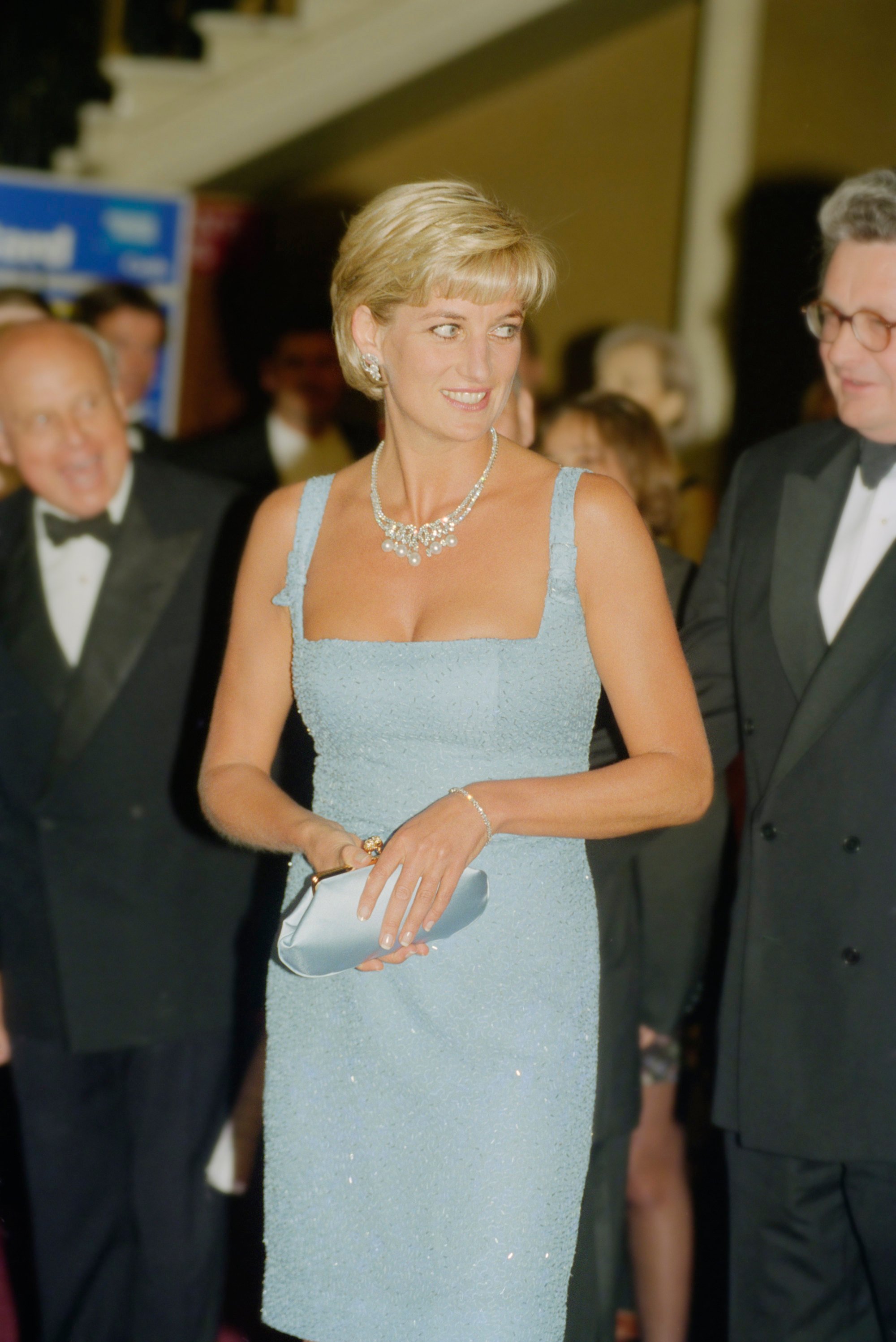
Martha Graham, the great contemporary American dancer and choreographer, who dressed herself and her dancers in dark jersey midis that cupped the shoulders, was another influence.
Bias cutting rapidly filtered through the mainstream. Ghost, the British label founded in 1984 by British designer Tanya Sarne, moved its shows to New York in 1993 and its washable viscose bias-cut dresses became a defining look of the decade.
A feature of bias cutting is stretch – and bounce back. Great for pregnancy and beyond. These were forever dresses before that concept became a virtue. The Design Museum in London describes the Ghost dress as “one of those quiet revolutions”.
It is still ongoing. While the revamped Ghost does well as a high-street label (worn by Kate Middleton, the Princess of Wales), original Ghost is highly prized by the well-informed. A rayon, spaghetti-strapped, khaki version is currently on vintage fashion marketplace 1stDibs for £466 (US$580).
We are finally embracing the ’90s make-up look again. Here’s why it matters
We are finally embracing the ’90s make-up look again. Here’s why it matters
Grunge fashion should have been an oxymoron, given its supposed disdain for the mass consumerism that had been embraced in the ’80s. But grunge’s hodgepodge, thrift dressing was the third big influence.
The then 29-year-old Marc Jacobs’ spring 1993 show for Perry Ellis, a squeaky clean American sportswear giant, was an expensive play on grunge that most of the press hated at the time.
The collection cost the American designer his job, but would earn him a reputation as a major player at the intersection of fashion, counterculture and art, and helped shift millions of checked lumberjack shirts, clompy boots, oversized jumpers and midis.
None of this would have looked nearly so appealing without the beauty of the supermodels. The supers gave grunge an edgy glamour and showed us how to dress down to dress up.
German designer Jil Sander introduced us to double-face cashmere – unlined coats so soft and streamlined you wanted to sleep in them. Double face returns this winter in a Uniqlo designer collaboration – watch this space (top-notch designer high-street collections have come a long way since those tentative ’90s efforts).
The fabulously chic Carolyn Bessette-Kennedy, daughter-in-law to US President John F Kennedy, embodied a new, pared-back polish that is still admired. Calvin Klein (for whom Bessette-Kennedy worked) brought a tactile sense of luxury to minimalism.
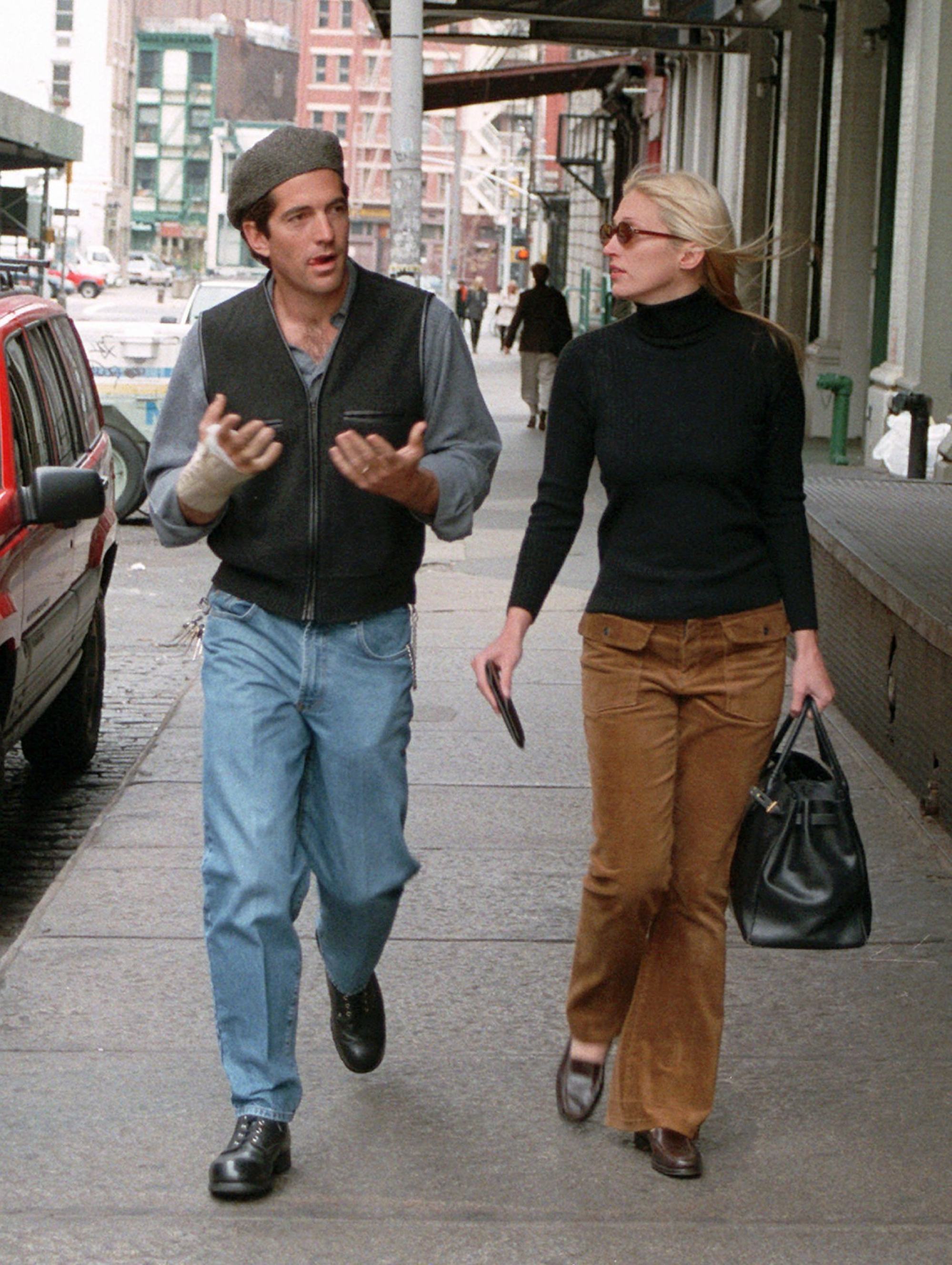
Sander delivered deceptively simple tailoring and Austrian artist and former designer Helmut Lang gave it sharpness, ingenuity and an ethereal, slender androgyny, which only made the models look more feminine.
The supers’ ability to sell clothes meant they looked – and were – powerful. Their beauty was more than an adjunct – it shaped fashion. Clothes became simple and unadorned because the models did the rest.
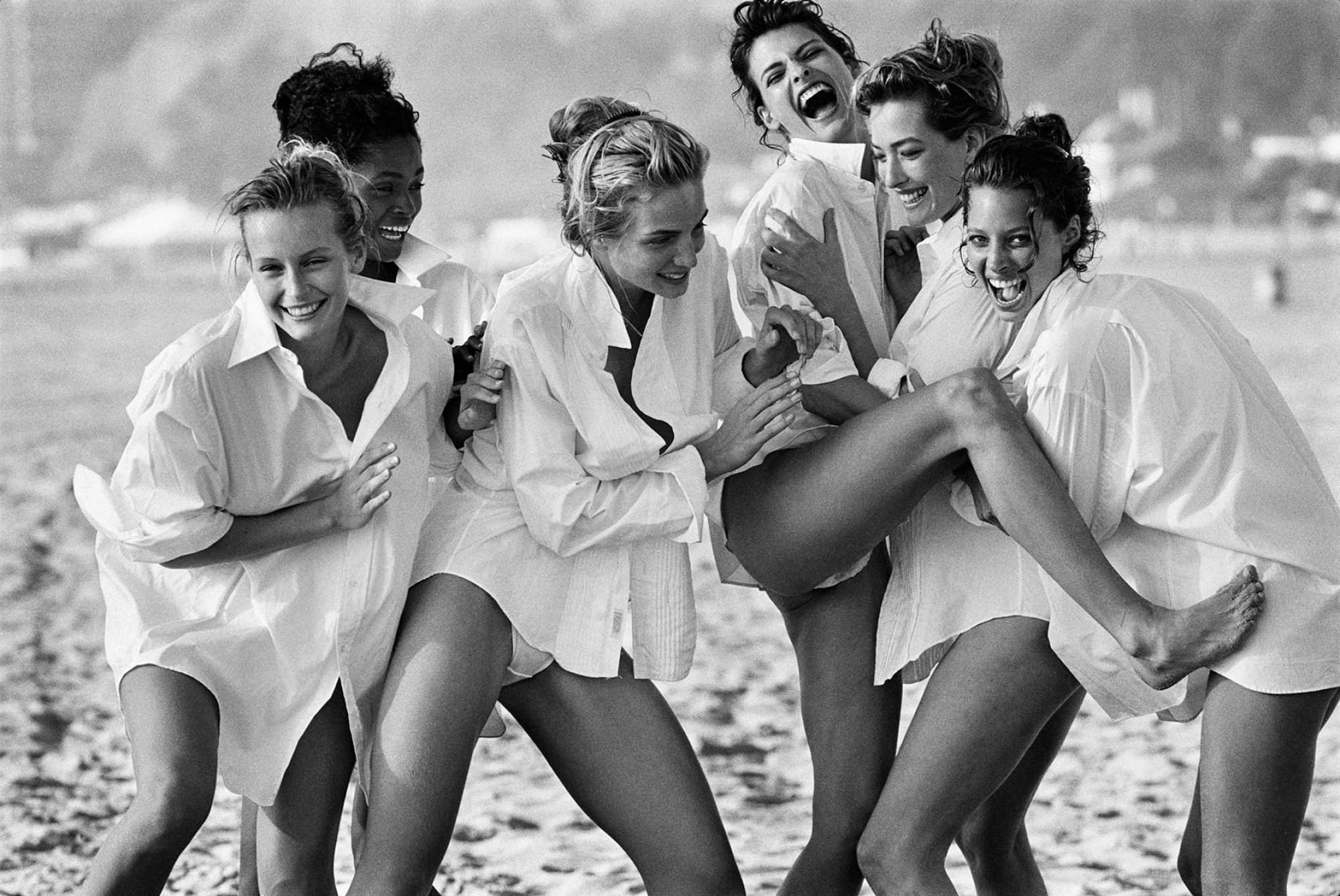
Then it began to turn dark.
Until then, I do not think anyone had come across that expression at British Vogue, where I then worked. But he was not wrong.
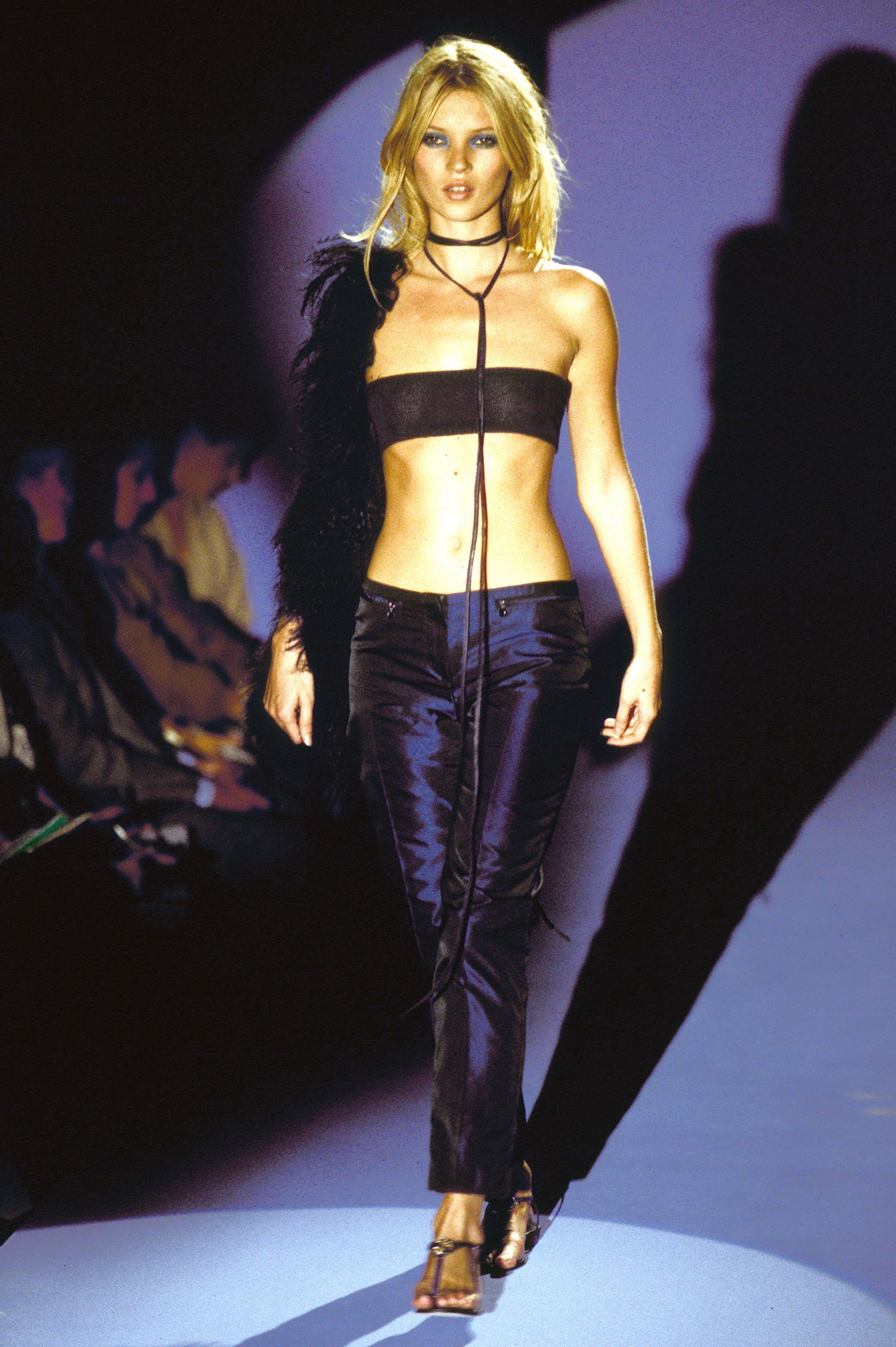
British model Kate Moss’ charming waif was hijacked by photographers and stylists who pushed skinniness to the extreme. Not for the first time, art – or in this case fashion – was mesmerised by the construct of beautiful young women on a path to destruction.
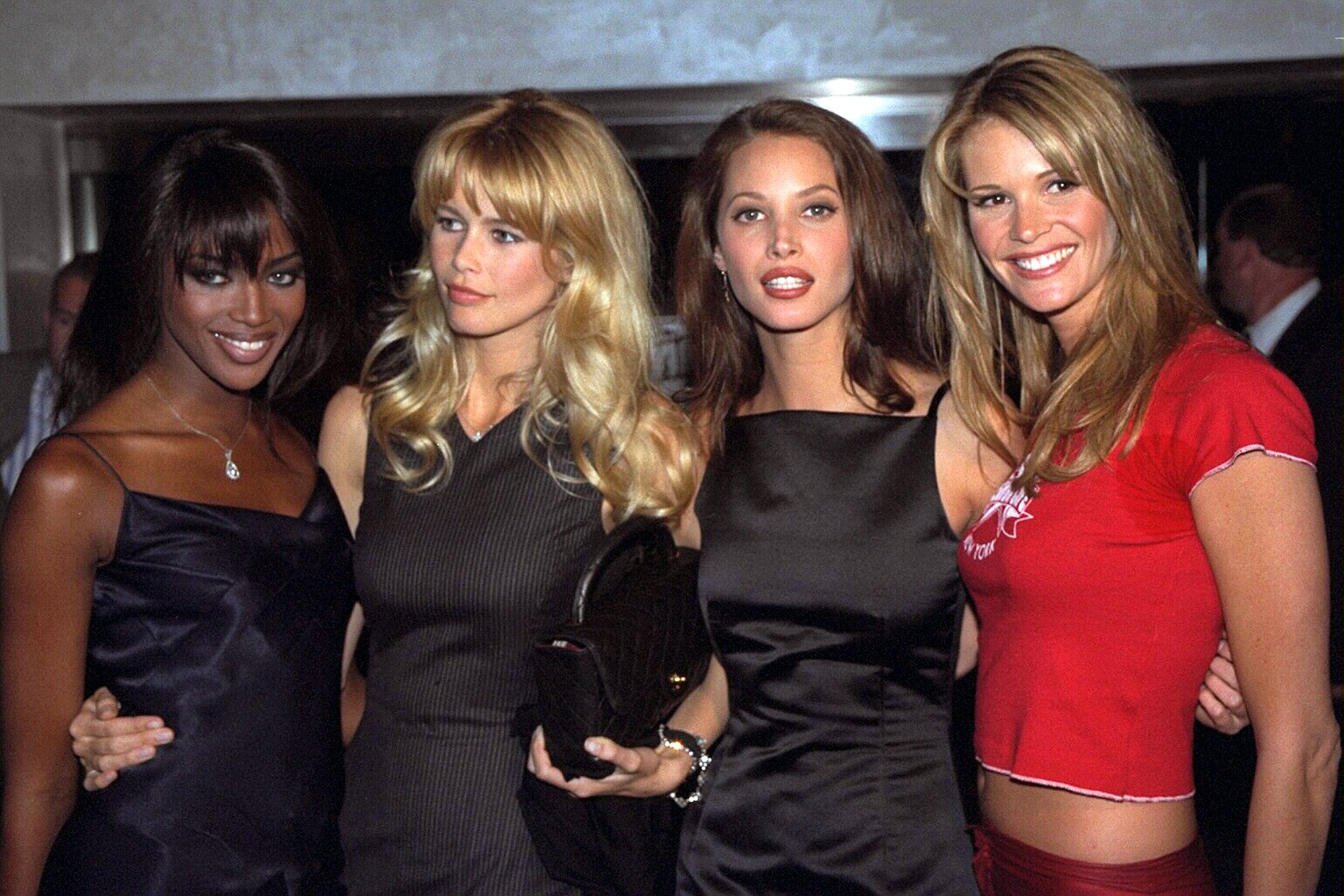
Bobbi Brown’s ingenious “nude” make-up reigned supreme. Hairstyles were wash-and-go. Friends’ Rachel Green’s layers, Gwyneth Paltrow’s and Evangelista’s crops, Amber Valletta and Emma Balfour’s pixie cuts. Balfour returns in a new ad campaign this autumn.
Combats are another surprise hit, along with strapless dresses (who can forget Bessette-Kennedy’s black one in 1998?), as women adapt them to their body and weather, by layering them over vests and under shirts and blazers.

Oversized shirts are everywhere, worn as lightweight jackets, layered on top of one another, or as a suit with matching trousers. Bucket hats are the millinery of this summer.
The same then, but some of it honed over the intervening decades. The array of footwear now, for instance, is much better than that of 30 years ago.
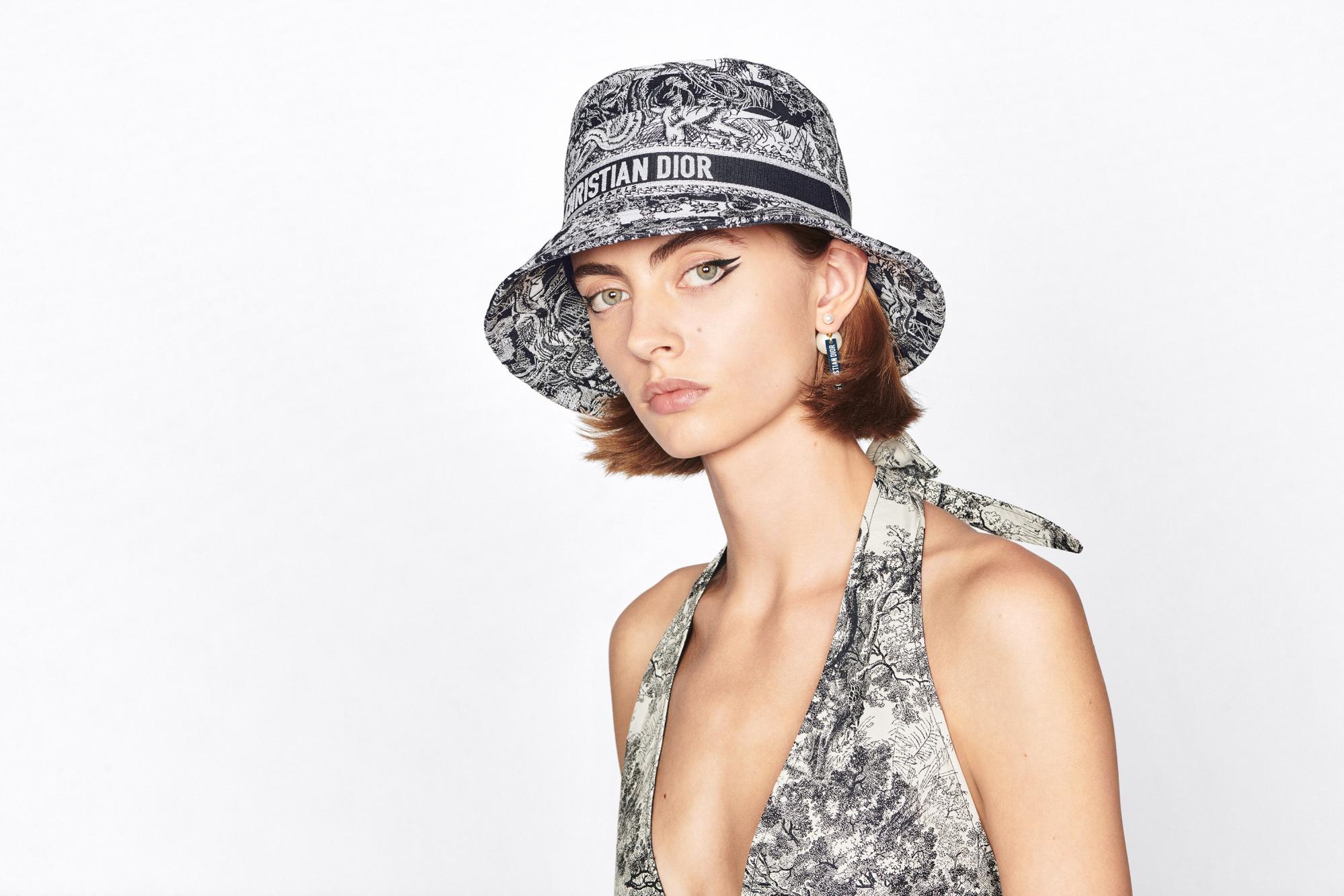
Pixie cuts are on the catwalk and on actresses Julia Garner, Michelle Williams, January Jones and Cush Jumbo – same same but slightly different.
Guerlain, normally associated with luscious red lips and smoky eyes, has launched nude palettes in finely milled powders and sophisticated combinations that are so enhancing to mature skins it would be criminal to leave them to Gen Z.
Lisa Armstrong is The Telegraph’s head of fashion.

